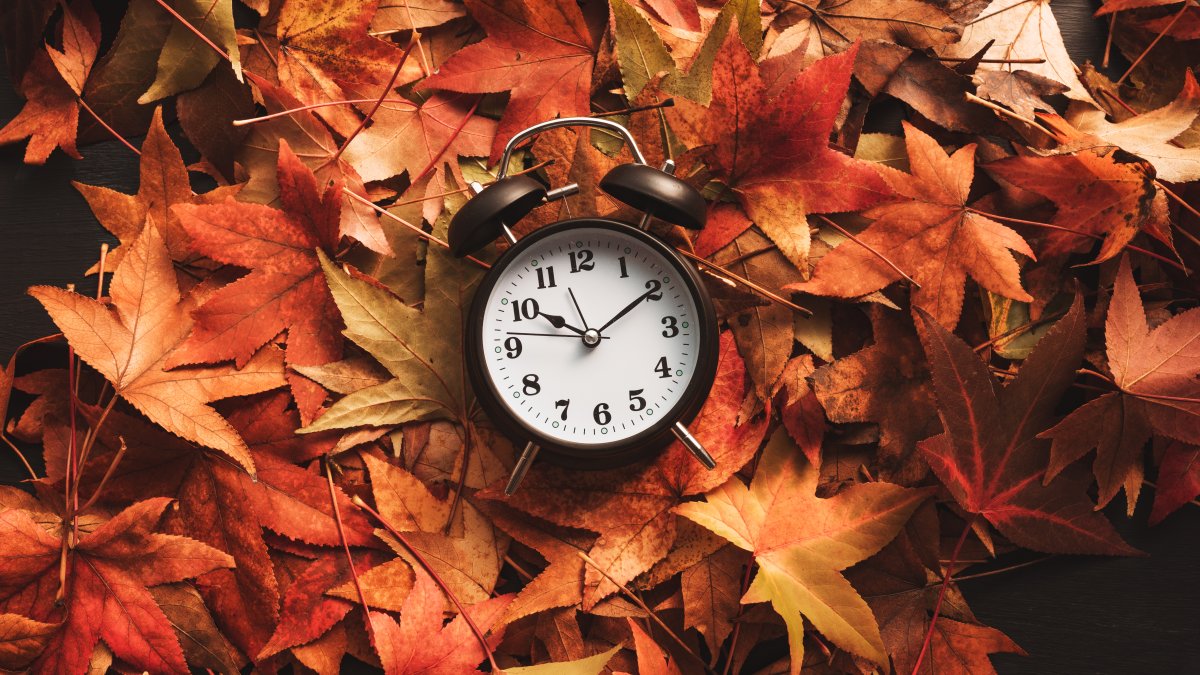Daylight saving time is nearing its end, but for some, the bi-annual changing of the clocks won’t be necessary.
The start of fall is just days away, and with pumpkin spice already hitting stores, many are looking ahead to the autumn season, and with that comes the time where clocks “fall back” and give many an extra hour of sleep.
The annual time change will once again return in Illinois and nearly every U.S. state, except two:
Arizona (although some Native American tribes do observe DST in their territories) and Hawaii.
U.S. territories, including Puerto Rico, American Samoa, Guam and the U.S. Virgin Islands, also do not observe daylight saving time.
Here’s what else you should know about daylight saving time for 2024:
When is daylight saving time?
Naturally, the big question with daylight saving time is when it will end, and as always, that date will occur in early November, with the federal government mandating that clocks roll back on the first Sunday of the month.
In 2024, that will fall on Nov. 3.
In the lead-up to that, sunsets will slowly inch earlier, with the sun eventually setting at 4:41 p.m. as DST wraps up.
What is daylight saving time?
It’s important to know the difference between the two times often debated: daylight saving time and standard time.
As it stands, Illinois shifts between the two. The “spring forward” is when the state enters daylight saving time, and the “fall back” marks a return to standard time.
According to the website Time and Date, standard time is the local time in a country or region when daylight saving time is not in use.
“More than 60% of the countries in the world use standard time all year,” the site says. “The remaining countries use DST during the summer months, generally setting clocks forward one hour from standard time.”
Daylight saving time is a changing of the clocks that typically begins in spring and ends in fall. Under the conditions of the Energy Policy Act of 2005, daylight saving time starts on the second Sunday in March and ends on the first Sunday in November. On those days, clocks either shift forward or backward one hour.
What is standard time?
According to the website Time and Date, standard time is the local time in a country or region when daylight saving time is not in use.
“More than 60% of the countries in the world use standard time all year,” the site says. “The remaining countries use DST during the summer months, generally setting clocks forward one hour from standard time.”
According to the AASM, it’s standard time that more closely matches our body’s internal clock.
“The daily cycle of natural light and darkness is the most powerful timing cue to synchronize our body’s internal clock,” the Illinois-based organization says. “When we receive more light in the morning and darkness in the evening, our bodies and nature are better aligned, making it easier to wake up for our daily activities and easier to fall asleep at night. Daylight saving time disrupts our internal clock, leading to sleep loss and poor sleep quality, which in turn lead to negative health consequences.”
Do experts prefer daylight saving time or standard time?
Previously, proposed legislation pushed for permanent daylight saving time, but that legislation ultimately fell through.
Still, sleep experts have long questioned the health of daylight saving time.
The American Academy of Sleep Medicine has pushed for a switch to permanent standard time for several years.
“By causing the human body clock to be misaligned with the natural environment, daylight saving time increases risks to our physical health, mental well-being, and public safety,” Dr. M. Adeel Rishi, who is chair of the AASM Public Safety Committee and a pulmonary, sleep medicine, and critical care specialist at Indiana University Health in Indianapolis, said in a statement. “Permanent standard time is the optimal choice for health and safety.”
Experts cited a “growing body of evidence” in recent years.
“Permanent standard time helps synchronize the body clock with the rising and setting of the sun,” Dr. James A. Rowley, president of the AASM, said in a release. “This natural synchrony is optimal for healthy sleep, and sleep is essential for health, mood, performance, and safety.”
It also mirrors similar takes from other organizations, including the National Sleep Foundation, which said “seasonal time-changes are disruptive to sleep health and should be eliminated.”
